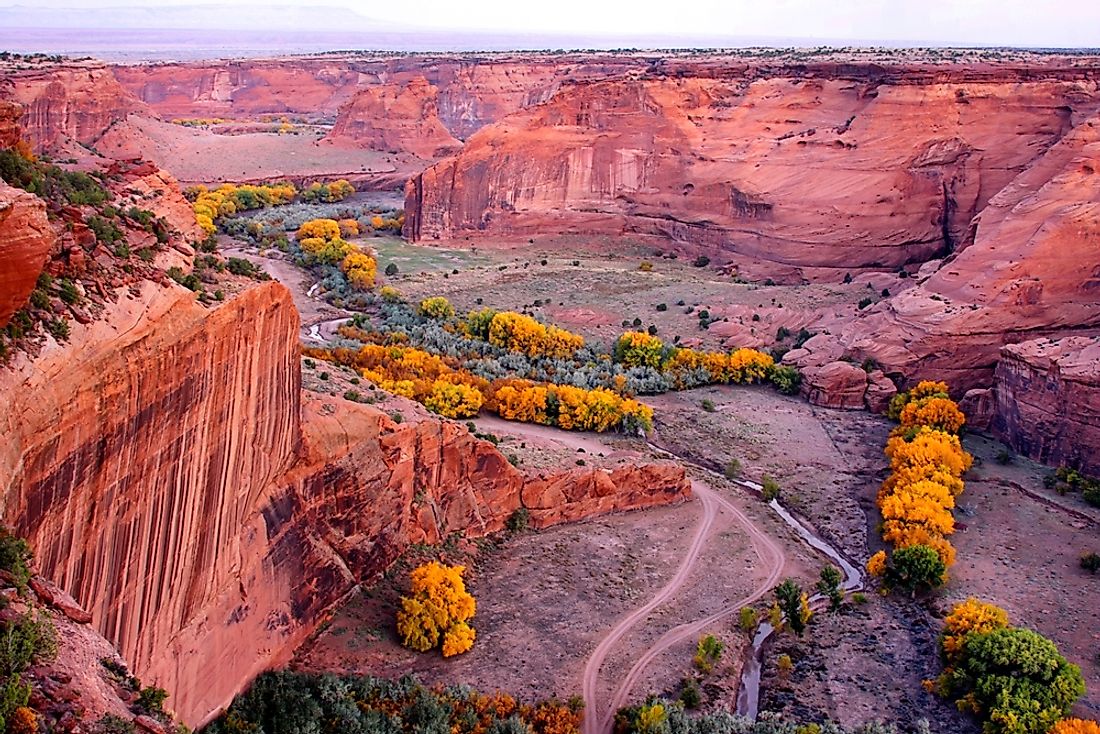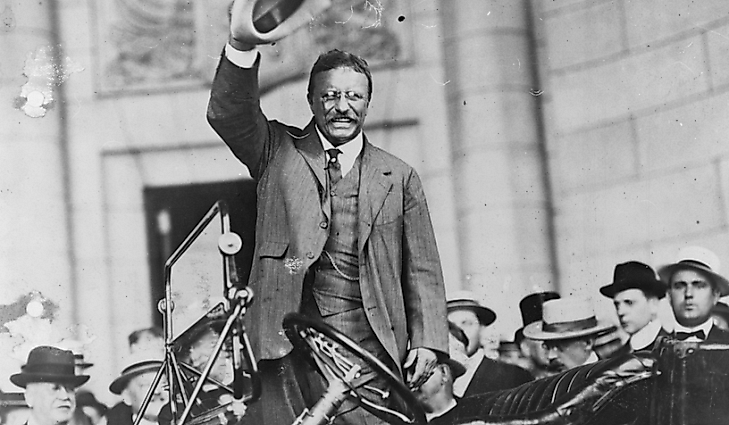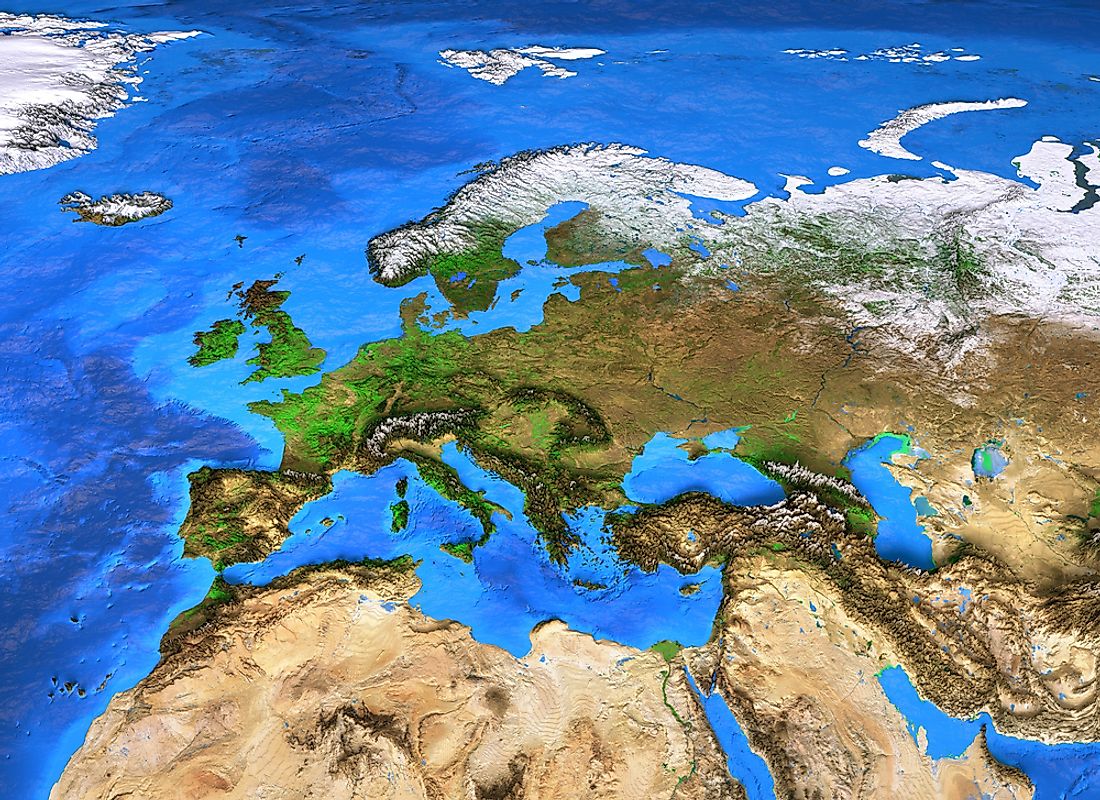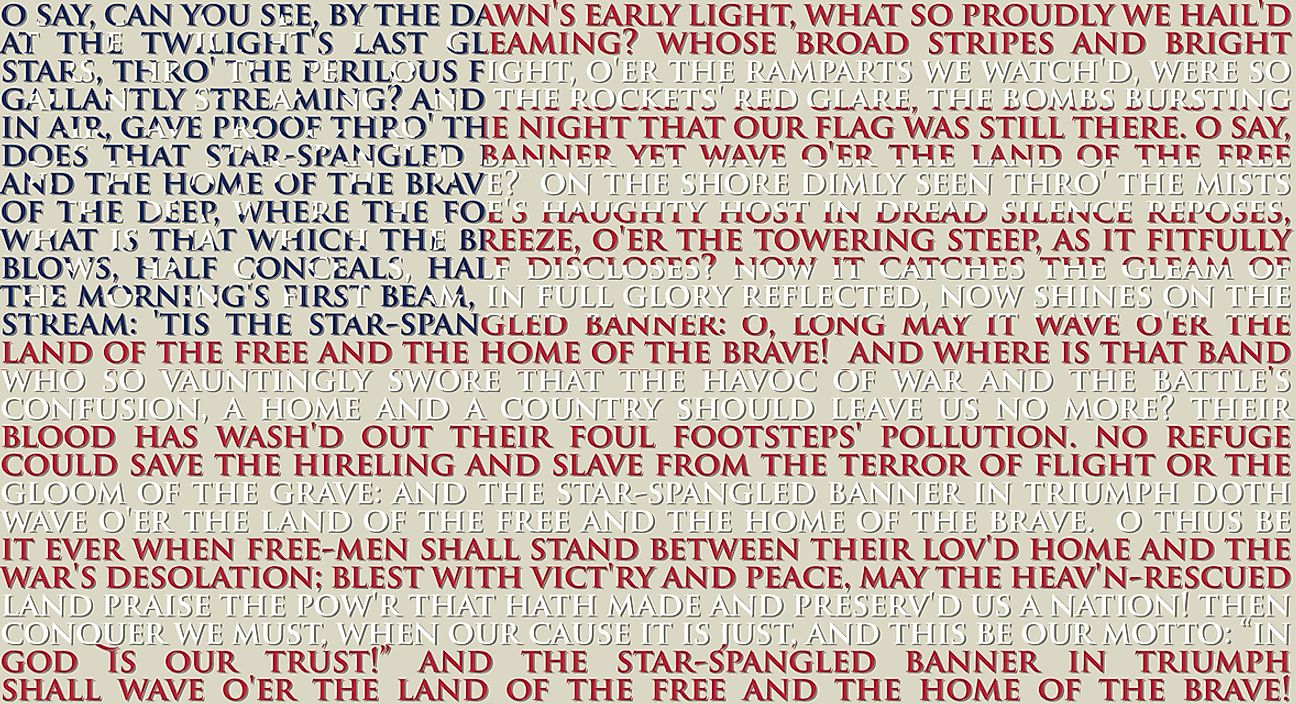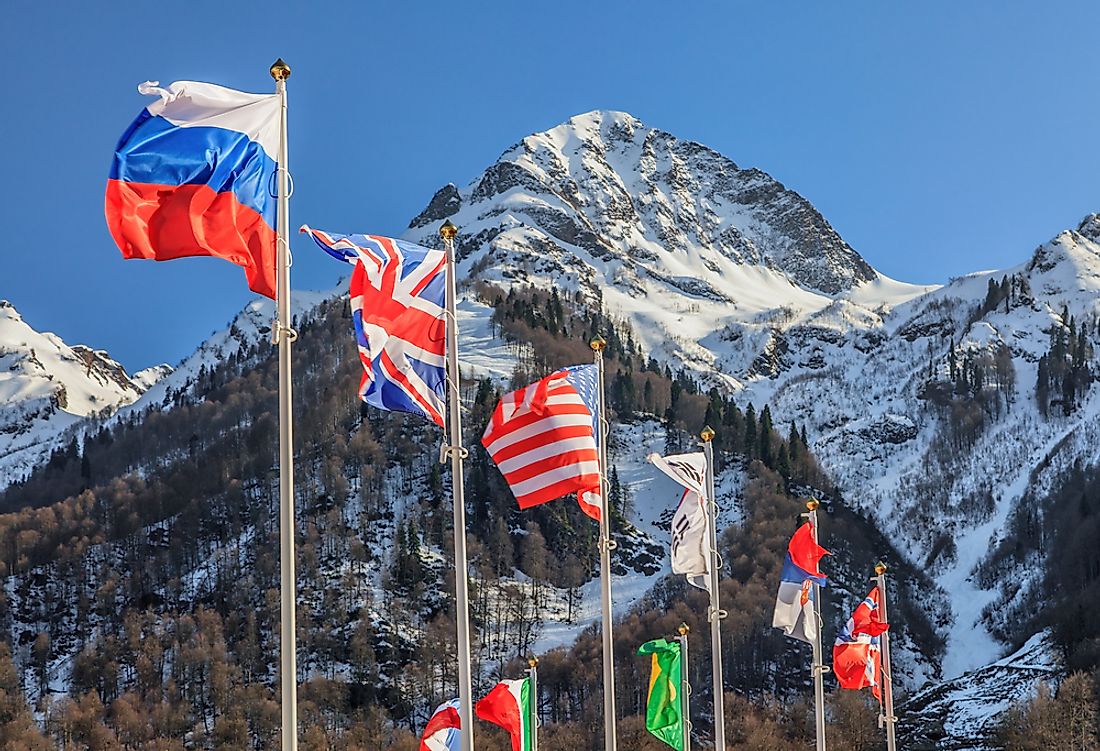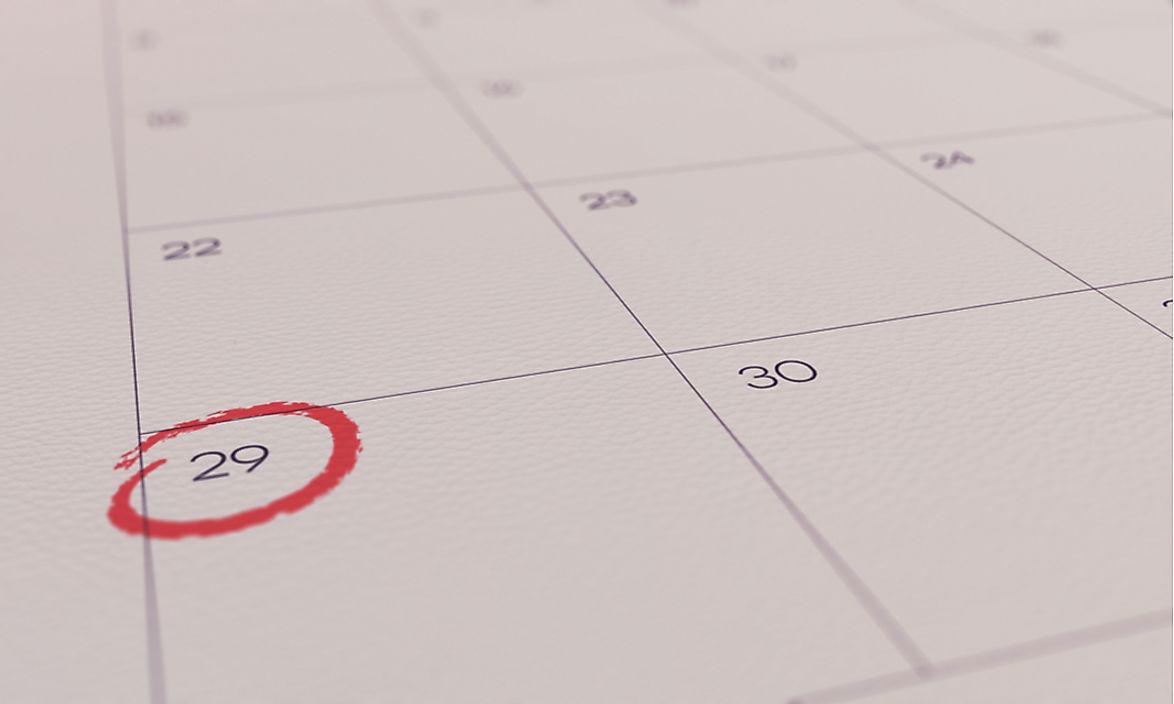What is the Vernal Equinox?
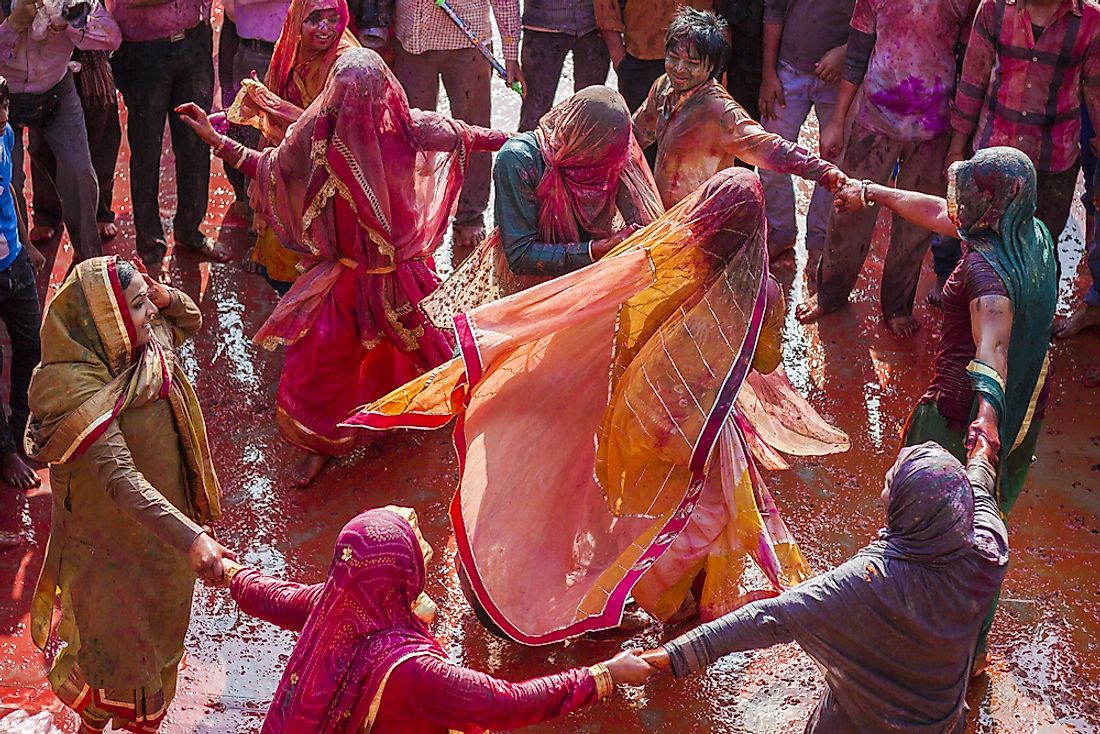
In the Northern Hemisphere, the vernal equinox occurs at a point falling between March 19 and 21, usually on March 20. Known as the "Spring-" or "March-" equinox it is widely considered to be the beginning of the spring season, which lasts until the summer solstice in late June. Because seasons in the Southern Hemisphere are the opposite of those in the north, the southern vernal equinox occurs on September 22 or 23, and lasts until their summer solstice in December.
Definition
An equinox occurs when the center of the sun is directly above the earth's equator, travelling along the earth's equatorial line. It is the point where the ecliptic pathway of the sun intersects with the celestial equator, an imaginary plane representing a projection of the earth's equator out into space. With the solar terminator (also known as the "edge" between night and day) falling perpendicular to the equator, Earth's northern and southern hemispheres are equally illuminated, and the length of day and night are approximately equal all over the world. This happens twice in each calendar year: once in late March and again in late September. The word "equinox" itself comes from the Latin equi, meaning "equal", and nox, or "night".
Because the earth orbits the sun in an elliptical pattern, its distance from the sun varies at different times of the year. In early January, it is at its perihelion, or closest distance to the sun. Early July marks the point of aphelion, or furthest distance, from the sun. This elliptical orbit also means that the dates of equinoxes (as well as solstices, the longest and shortest days of the year) do not occur on a fixed date. Humans around the world use equinoxes and solstices as a way to mark the changes of season, which roughly correspond to these points in the earth's orbit.
On an equinox, it is possible to observe the sun rising directly in the east and setting directly in the west. The earth's axis is tilted at an angle of approximately 23.5° in relation to the sun's ecliptic pathway, and on an equinox, the tilted axis sits directly perpendicular to the sun. At this point, the earth's axis is not tilted away from or towards the sun, and it is possible to observe the sun rising directly in the east and setting directly in the west. During the rest of the year, sunsets and sunrises occur at a point slightly off-center from true compass directions.
Calculation
Since ancient times, many cultures have based their calendars on the celestial cycle. The Babylonian calendar year began on the first full moon following the vernal equinox. The modern Iranian calendar year begins with the vernal equinox, as determined by observation in Tehran. In India, the national calendar begins on the day following the vernal equinox.
The vernal equinox is also considered an auspicious date in many religious calendars. Jewish Passover usually occurs on the first full moon following the vernal equinox (although occasionally it will fall on the second full moon). Christians celebrate Easter on the Sunday after the first full moon during or following the March equinox. However, because Eastern Orthodox churches used the Julian calendar instead of the more modern Gregorian calendar, and because the full moon can be observed in the west can occur up to 34 days before it is seen in the east, Easter is frequently celebrated on two separate dates.
Celebration
All over the world, humans celebrate the vernal equinox as a time of rebirth and new beginnings. In addition to religious festivals such as Easter and Passover, many other world religions consider this to be a holy day, including the Zoroastrians, Nizari Ismaili Muslims, and those who practice the Bahá'í Faith.
Ancient Celebrations
Ancient Babylonians celebrated their new year in the Akitu ceremony, corresponding to the legend of the Sumerian goddess Ishtar's return from the underworld. A parade would be staged through the Ishtar Gate to the temple of Eanna, followed by a ritualized marriage between Ishtar and the Sumerian god Tammuz. Modern Iranians continue to celebrate the ancient festival of Nowruz, meaning "New Day", which begins on the sunset prior to the vernal equinox. This two-week celebration commemorates the ancient Persian creation story as well as the legend of Jamshid, who is said to have ascended to the Persian throne on this day. Sham el-Nessim, a holiday dating back to 2,700 BC in ancient Egypt, was also celebrated during the vernal equinox and is still observed by modern Egyptian citizens, although it now coincides with Easter Monday.
In Scandinavian pagan traditions, Dísablót was a sacrificial holiday celebrated during the vernal equinox. Dating back to the prehistoric era, this ritual event was meant to honour goddesses known as dísir (also called the Valkyries) in hopes of a more productive harvest. Although Dísablót celebrations ceased upon the Christianization of the Scandinavian people, its influence continues in modern times through the Disting, an annual fair celebrated in Uppsala, Sweden.
Although Easter is a Christian celebration, some associated traditions are non-religious, or have their roots in older, pagan traditions. The Easter Bunny is said to have appeared as part of the Christian tradition when German Lutheran children were judged to be good or bad by the "Easter Hare", and was popularized in England during the 19th century. However, rabbits and hares have been symbols of spring and fertility since ancient times. Eostre, the Anglo-Saxon Goddess of Spring, was said to have had a hare as her companion.
Modern Celebrations
Many modern countries celebrate a holiday on the vernal equinox, including Afghanistan, Azerbaijan, Albania, Pakistan, Turkey and Zanzibar, as well as other Central Asian countries and the Kurdish people. This date is also designated as Mother's Day in many Arab nations.
The vernal equinox is celebrated widely across India. In the state of Manipur, the Cheiraoba Festival marks the start of the Meitei lunar calendar. Tamil begins its lunar calendar on this date as well. The Bengali and Assamese calendars designate the vernal equinox as the last day of the year, and it is known as Chaitra Sankranti. New Year's Day is celebrated the day after the equinox, known as Bihu in Assamese. These celebrations are observed in Assam, Bangladesh, Tripura, West Bengal and elsewhere in eastern and north eastern India. The states of Andhra Pradesh, Telangana, Karnataka and Maharashtra celebrate Ugadi on the morning after the first new moon following the vernal equinox. Kerala celebrates this date with a holiday known as "Vishu". In Odisha, the vernal equinox is celebrated with a holiday called "Vishuva Sankranti", which means 'equal' in Sanskrit.
"Holi" is a traditional Hindu festival which is celebrated to mark the approach of the vernal equinox and the victory of good against evil as winter gives way to spring. Mainly observed in India and Nepal, this ancient festival begins with an evening bonfire and is followed by a day filled with color, as participants douse themselves and their friends with colored powder or dye-filled water balloons.
Asian countries such as Cambodia, Laos, Myanmar and Thailand also celebrate the new year on a date close to that of the vernal equinox. Traditional eastern calendars divide the year into 24 solar terms or climactic segments, and the vernal equinox is designated as the middle of spring.
Vernal Equinox Day is an official national holiday of Japan. Traditional activities include visiting ancestral graves and attending family reunions. Japan's cherry blossom festival also occurs around this time as well.
Thousands of tourists flock to Teotihuacán, Mexico each year to celebrate the vernal equinox. Many are dressed in white in white and wear a red scarf. Dancing, chanting and incense burning are all practiced, but the climax of the event consists of climbing the ancient Pyramid of the sun and welcoming the sunrise with arms outstretched. Similar rituals are practiced at other pre-Hispanic sites such as Chichén Itzá and Malinalco.
Neopagans around the world celebrate the vernal equinox as an auspicious day on the Wheel of the Year. Traditionally, pagans in the northern hemisphere celebrate the coming of spring, while those in the southern hemisphere herald the coming of autumn.
World Storytelling Day, World Citizen Day, and International Astrology Day are celebrated on the day of the vernal equinox.
Unique Traditions
One of the more unusual vernal equinox traditions can be observed in Annapolis, Maryland. In the boating community, it is considered culturally inappropriate to wear socks during the warm season. Boatyard workers and sailboat owners alike mark the vernal equinox with the Burning of the Socks Festival. As the name suggests, winter socks are burned in a large bonfire as local residence look forward to warmer weather and the imminent tourist season. Socks are unofficially banned until the autumnal equinox.
Easter egg hunts are a traditional North American children's activity occurring near the date of the vernal equinox. Another tradition involving eggs is believed to have originated in China. It is said that on the day of the equinox, special astronomical properties make it possible for a person to balance an egg on its end. The truth is, an egg can be balanced this way on any day of the year. Some believe that this practice began when the balanced egg was chosen to symbolically represent the balance of night and day that occurs on the equinox date.

